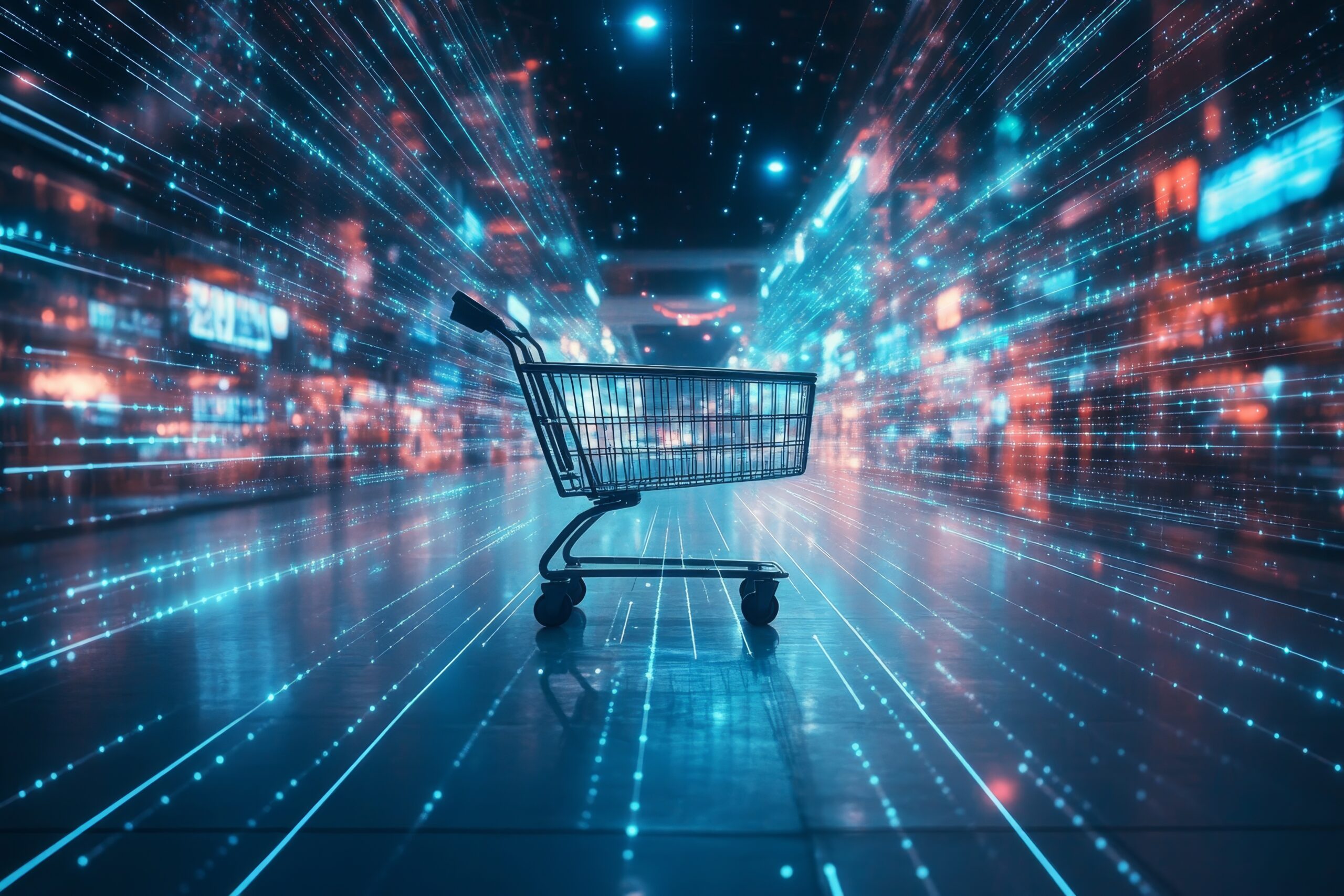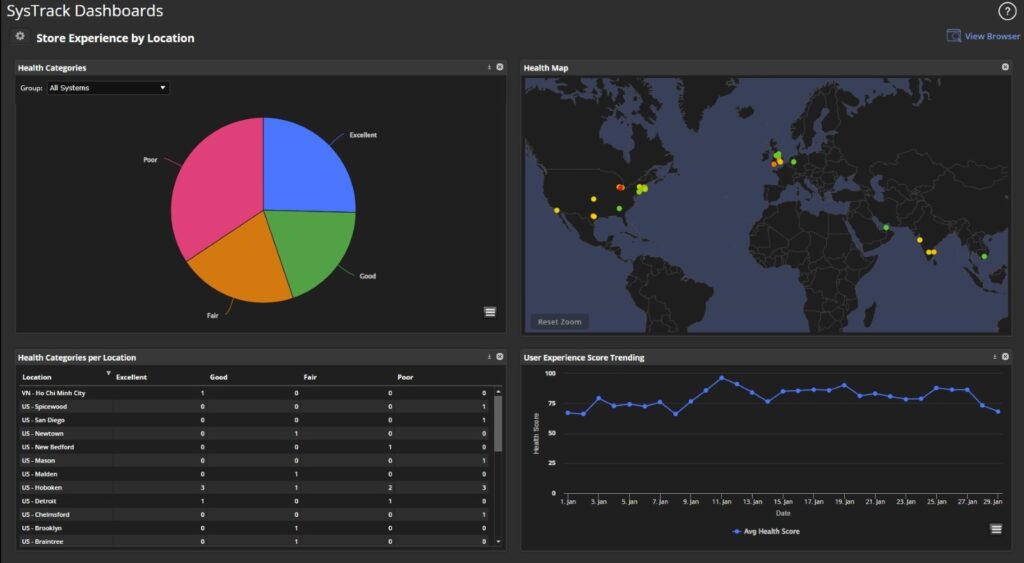Why Keeping Consumer-Facing Devices Running Is Crucial in Today’s Retail Environment

In a time when inflation and supply chain pressures are driving up retail prices, maintaining an exceptional in-store experience isn’t just important—it’s imperative. Despite these ongoing pressures, this year’s retail outlook is quite positive. Last week, the National Retail Federation (NRF) “forecast that retail sales during 2025 will grow between 2.7% and 3.7% over 2024 to between $5.42 trillion and $5.48 trillion.” Elevating in-store experiences is especially important to keep this momentum going strongly. As NRF President and CEO Matthew Shay emphasized, “Still, serving customers will remain retailers’ top priority no matter what the economic environment.”
The technology powering that experience, especially consumer-facing devices such point-of-sale (POS) systems, self-service kiosks, and digital displays, is the foundation of today’s digital retail experience and its corresponding efficiency, consumer satisfaction, and retail gains. When these devices go down, the ripple effect is swift and severe: lost revenue, customer frustration, and potentially long-term damage to brand trust.
For retailers, the ongoing quest to tighten margins and capture consumer share intensifies the pressure to deliver seamless, satisfying customer experiences that justify every dollar spent. That means every minute of uptime for customer-facing devices now carries more weight than ever before.
Downtime = Lost Revenue and Lost Loyalty
Imagine walking into a fast-food restaurant only to find the self-service kiosk offline. The line is long; no one’s at the counter; and your lunch break is ticking away. Do you stay? Probably not. And you’re not alone. If those devices are down, they can’t take orders. Customers can’t help themselves in those particular situations. As a result, we all get frustrated and leave. As Lakeside VP of Solutions Engineering Geoff Hixon points out, “No one’s submitting a help desk ticket from a kiosk—when it breaks, you just lose the transaction.”
And those lost transactions quickly pile up. Forbes Technology Council member Serge Beck explains, “If a retail business generates $5,000 per hour and suffers a three-hour payment system failure, the direct loss in sales alone would be $15,000—not counting additional costs associated with recovery and customer compensation.” That’s not just the cost of lost sales; it also includes operational inefficiencies, idle staff time, and reputational damage. In a world where one viral social media post about a broken kiosk or frustrating checkout experience can sink brand sentiment, the stakes are incredibly high.
Consider, too, the compounding implications. PwC reports that, “55% of consumers said they would stop buying from a company after several bad experiences, and 32% said they’d leave because of inconsistent experiences.”
Visibility Is the Key to Proactive IT in Retail
Despite this backdrop, too many retailers still rely on a reactive IT model—waiting for a problem to be reported before it gets addressed. But in the case of consumer-facing devices, users technically can’t (and often won’t) report issues. And why should they if they’re already frustrated and decide to leave? Also consider that if a tablet or rugged handheld device in a warehouse freezes, or a smart display in a store blinks out, those issues may go unnoticed until they start affecting the bottom line.
This is why real-time visibility across your consumer-facing IT estate is now a strategic necessity. Retailers must be able to monitor, diagnose, and resolve device issues before they escalate. Whether it’s a degradation in POS performance or a slowdown in self-service kiosks, spotting and addressing issues proactively prevents revenue losses and keeps customer satisfaction high.
These technologies are becoming table-stake assets to improve speed, personalization, and satisfaction. But only when they work. A single glitch can bring a frictionless experience to a halt, and the cost of fixing problems after they’ve already affected the consumer experience is growing more severe.
Solving for Scale with Automation and Self-Healing
IT teams need tools that allow them to monitor and manage thousands of devices across hundreds or even thousands of store locations. Lakeside SysTrack, a digital end-user experience platform, is designed specifically for this challenge, providing detailed visibility into the health and performance of endpoint devices, even when they’re offline or not connected to the corporate network.
Only SysTrack has a patented configuration that allows retail IT organizations to monitor consumer-facing devices such as airport displays, kiosks, and some POS systems remotely, deploying automated fixes to maintain a Proactive IT approach to keeping the IT estate always available for consumers.

With SysTrack, IT teams can:
- Detect degraded or failing devices before customers are affected.
- Automate root cause analysis to reduce resolution time.
- Perform mass healing and self-healing to solve recurring issues at scale.
- Visualize performance across the entire environment to prioritize critical fixes.
And because visibility is device-agnostic—whether it’s a warehouse scanner, a POS terminal, or a digital signage display—retailers get a unified view of their digital operations, enabling smarter, faster decisions.
The Business Case for Proactive IT in Retail
Let’s break it down (no pun intended):
- Operational efficiency: Smooth device performance enables faster service and optimized labor.
- Customer satisfaction: Shorter wait times, fewer frustrations, and better experiences.
- Revenue protection: Keeping all consumer-facing channels online and functional helps to maximize sales.
- Brand reputation: Consistency breeds trust; outages undermine it.
As inflation affects retail prices, customers will expect more for their money. Delivering a seamless, tech-enabled shopping experience isn’t just a nice-to-have—it’s your differentiator in a competitive, margin-sensitive and fickle market.
The message is clear: consumer-facing device uptime is no longer just an IT concern. It’s a strategic retail imperative. Retailers who invest in visibility, automation, and Proactive IT support not only will endure through any headwinds of rising costs—they will come out ahead.
Want to learn more about Proactive IT for consumer-facing devices? Watch our on-demand webinar with Capgemini.

Subscribe to the Lakeside Newsletter
Receive platform tips, release updates, news and more


